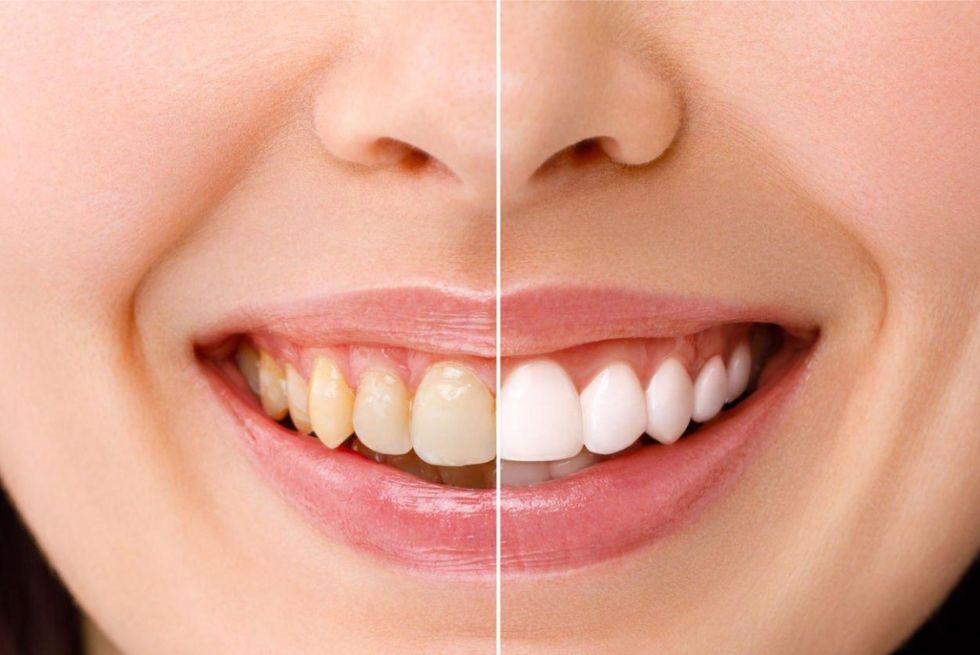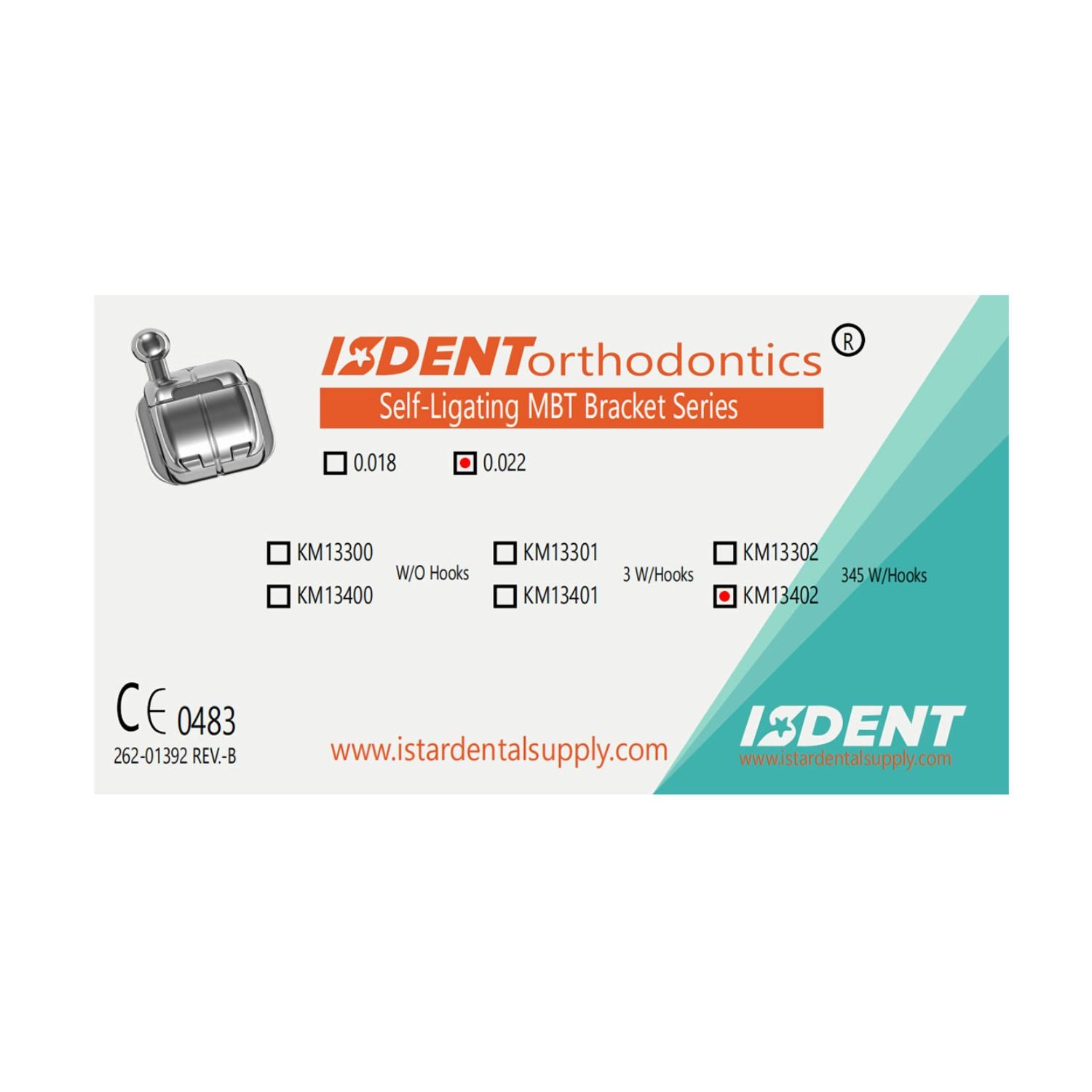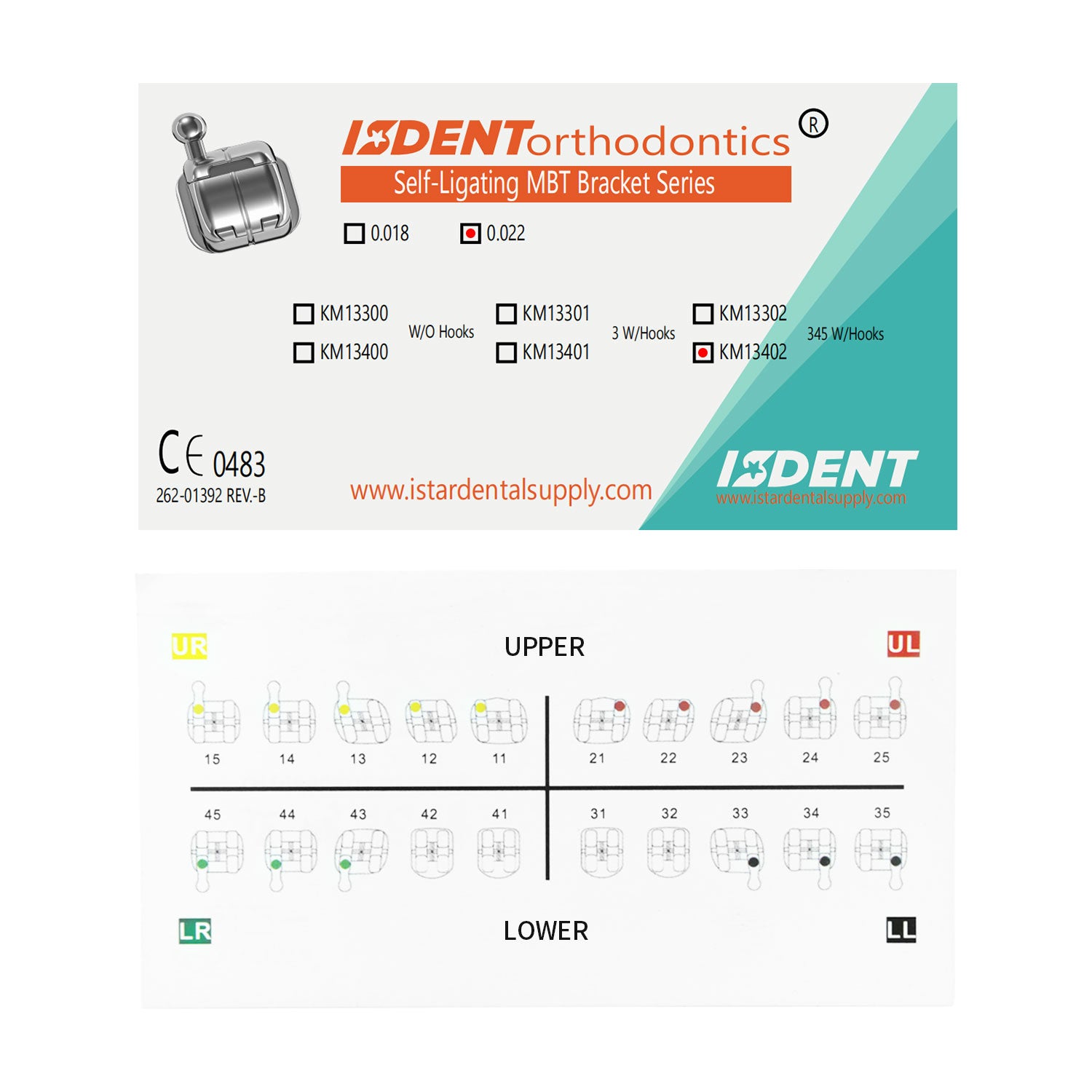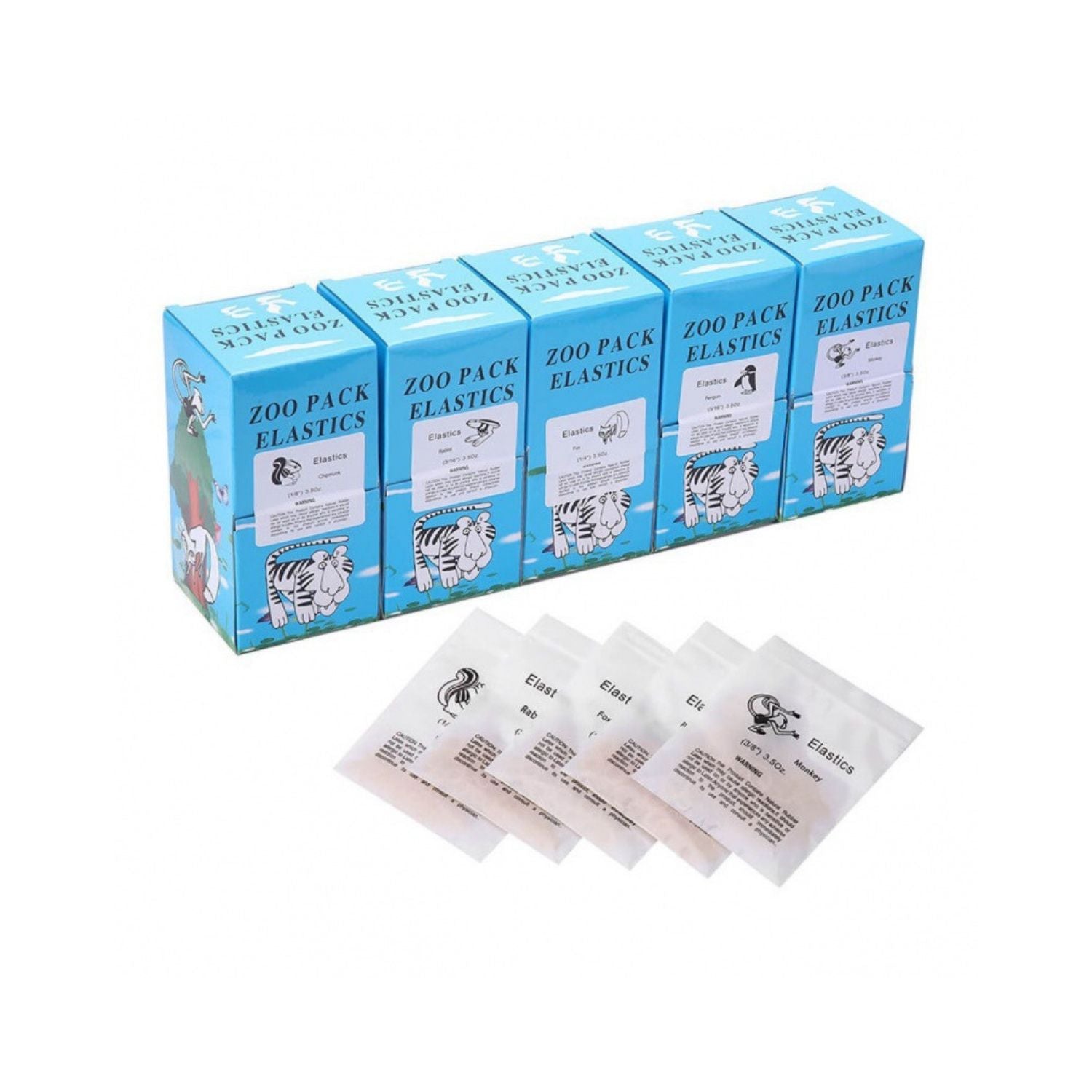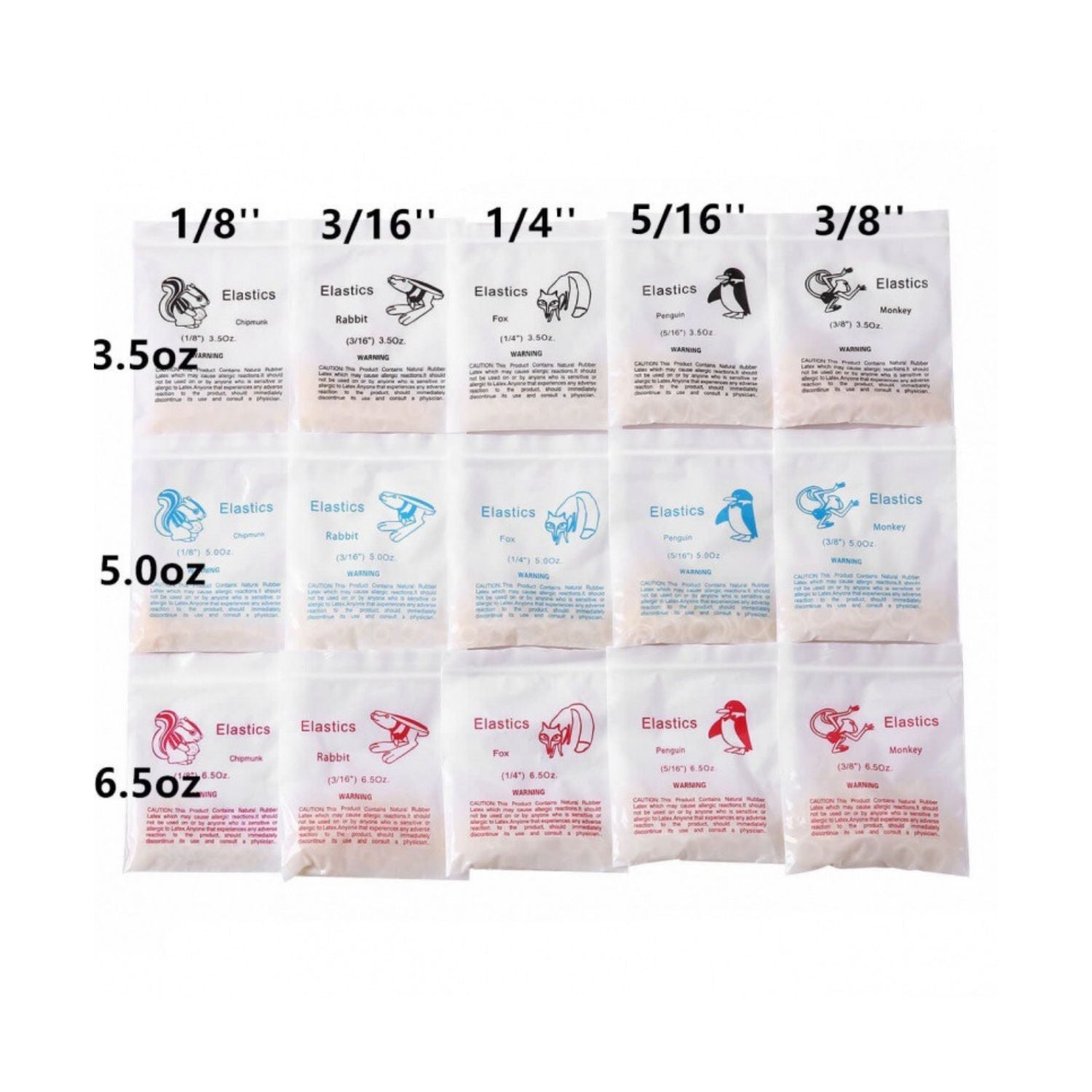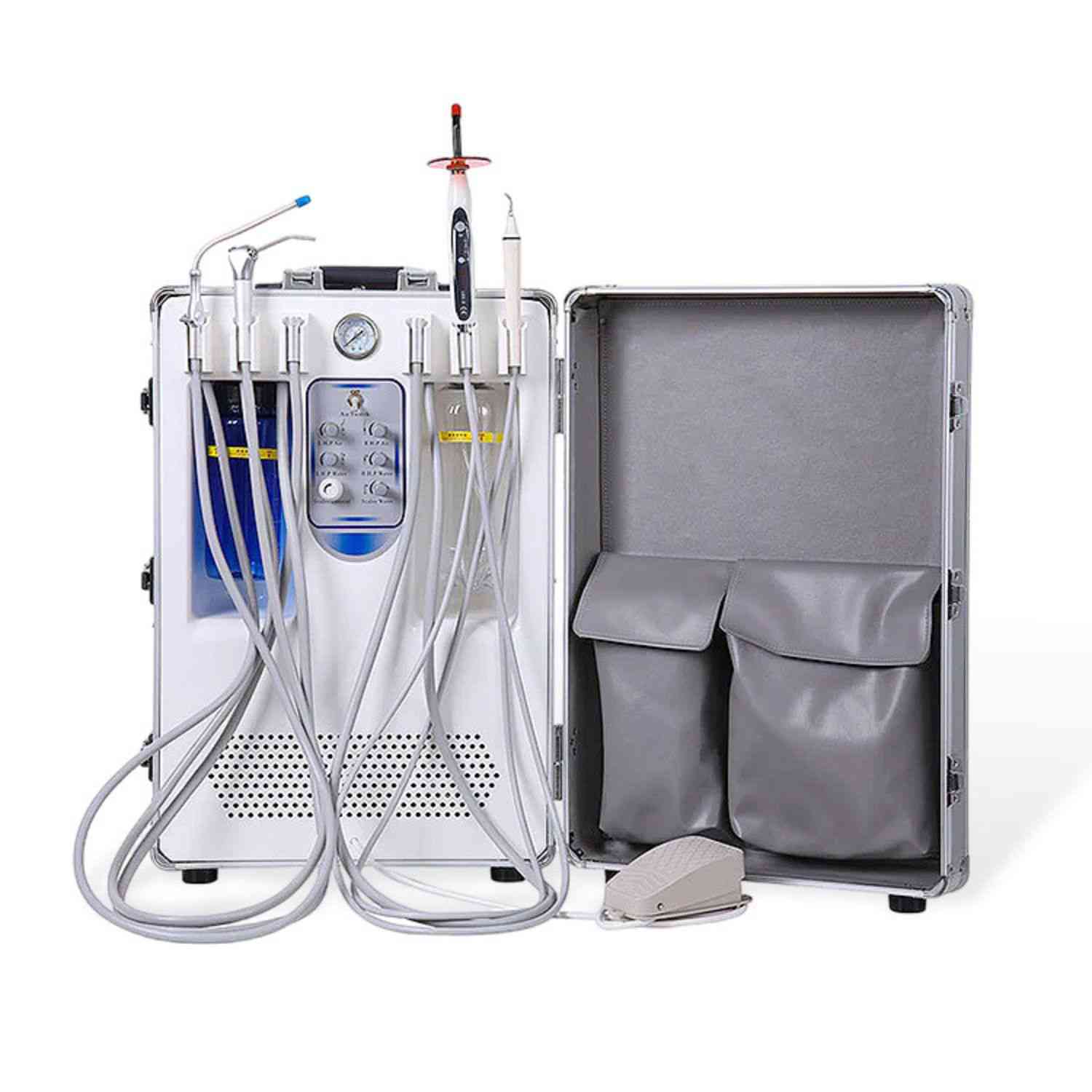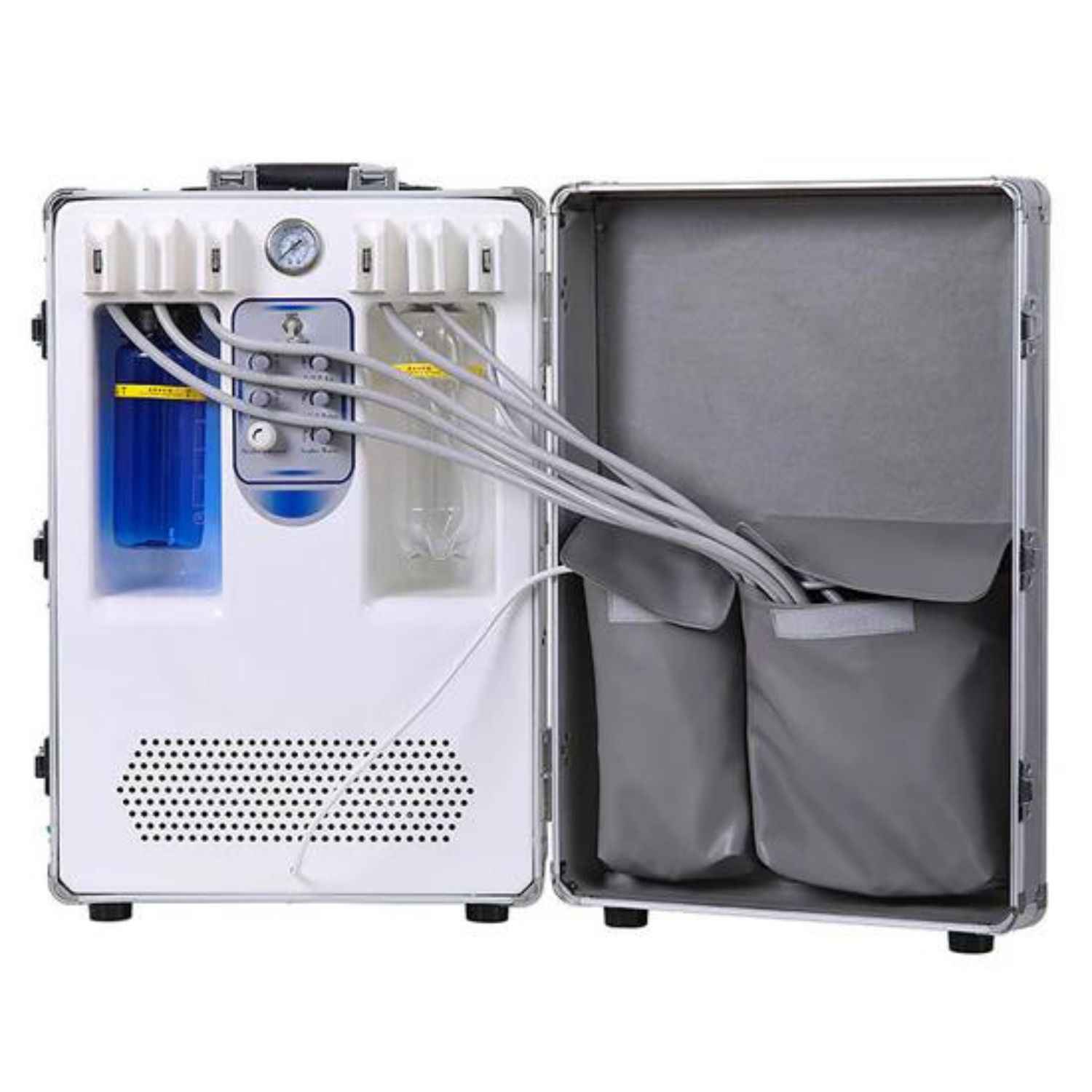Whitening your teeth is something that many people want to do, so what do you know about it? This article will introduce you to every aspect of teeth whitening, including the various methods of teeth whitening, advantages and disadvantages, and more.
What Is Teeth Whitening?
Teeth whitening is a highly effective procedure that can brighten the color of your teeth. It involves applying a whitening agent to the teeth, which undergoes a redox reaction with the pigments on the teeth, breaking down the stains and resulting in a whiter appearance. This treatment can enhance the beauty of your smile and boost your confidence when you laugh.
Do You Need Teeth Whitening?
So, how can you determine whether you need teeth whitening? If you notice that your teeth appear yellow and lack luster, affecting your confidence and making you hesitant to show your smile in social situations, you might consider trying teeth whitening.
Are your teeth suitable for whitening? Can those stains removed by teeth whitening? Before considering teeth whitening, please seek the opinion of a professional to assess whether you are a good candidate for the treatment.
Factors such as tooth sensitivity can affect your experience with the procedure, while healthy teeth tend to yield better whitening results.There are many types of teeth stains, and some types of stains cannot be improved through whitening. Now, let’s discuss the different types of teeth stains.
1. Dietary Habits
- Foods and beverages that contain pigments can easily cause teeth to discolor, such as coffee, curry, and berries.
- Extended consumption of highly acidic foods, can erode tooth enamel and affect the color of the teeth.
2. Lifestyle Habits
- The use of tobacco products can lead to stains on the teeth, affecting the surface color.
- Poor oral hygiene habits can cause food debris to accumulate on the teeth, leading to plaque and tartar formation, which can also impact the color and appearance of the teeth.
3. Personal Physiological and Pathological Factors
- It is normal for teeth to have a slight yellowish tint, which can also be related to genetics.
- Certain diseases can cause pathological changes in tooth color, such as severe tooth decay and pulp necrosis.
4. Age Factors
- As people age, enamel wears down, exposing the underlying dentin, which can change the natural color of the teeth.
- Gums may recede over time, exposing parts of the tooth roots that are yellower than the crowns, which can also make the teeth appear discolored.
Teeth whitening can be quite effective for discoloration caused by pigment factors. However, it has limited impact on changes in color due to structural alterations, pathological factors, or certain physiological reasons.
If you frequently consume dark-colored foods and beverages like coffee or tea and notice that your teeth appear yellow, you might consider trying teeth whitening. If you are unsure about the reasons for your tooth discoloration, you can visit a dental clinic where specialized personnel can assess your situation.

How To Whitening the Teeth
There are many teeth whitening products available on the market, and there are different types. Are you confused about the differences and advantages of these products? I will introduce common teeth whitening products and their features.
1. Professional Teeth Whitening
- Process: A professional will open your mouth with a cheek retractor, then applies the whitening agent to the surface of the teeth and takes measures to protect the gums, such as applying a gum protective agent or using low-irritation whitening agents.
- Advantage: Performed by professionals, so you don't have to do it yourself. The whitening results are significant.
- Disadvantage: The cost is high, between $500 and $1,000 per session. Need to receive treatment at a hospital .
- Duration: 60-90minutes each session, treatment duration depends on the actual results.
2. Custom Take-Home Trays
- Process: Choose a tray that is suitable for your teeth, and evenly apply the whitening agent inside the tray according to the instructions. Wear the tray for the specified amount of time as indicated in the instructions, and follow the product guidelines for subsequent cleaning.
- Advantage: You can whiten your teeth according to your own schedule, the cost is relatively affordable, and the process is simple.
- Disadvantage: The results are not as noticeable and long-lasting as those achieved at a clinic, and requiring long-term use to reach the desired results. Improper use may cause discomfort.
- Duration: The usage time varies by product, ranging from half an hour to an hour, and the treatment duration depends on the actual results.
3. Custom Take-Home Kits
- Process: Follow the instructions to take out the teeth whitening strips from the packaging and align them with your teeth before applying. After use, follow the product guidelines for subsequent cleaning.
- Advantage: The operation is quick and easy, allowing you to whiten your teeth while doing other things. The product is reasonably priced.
- Disadvantage: The whitening effect may be uneven. The whitening effect may not be noticeable after a single use, and multiple treatments are needed. Frequent use may lead to tooth sensitivity.
- Duration: Different products have different usage times, generally around half an hour.
4. Natural Teeth Whitening
- Process: Using natural ingredients like baking soda and coconut oil to apply on teeth to achieve a teeth whitening effect.
- Advantage: Contains no whitening chemicals, is almost non-irritation, natural and safe, with affordable price.
- Disadvantage: Results are slow to appear, requiring long-term use, and effectiveness varies from person to person.
- Duration: Long-term use, different products have varying usage frequencies.
5. Whitening Toothpaste and Whitening Mouthwash
- Process: Toothpaste and mouthwash containing whitening ingredients can whiten teeth with regular use.
- Advantage: Teeth can be whitened without the need for special additional procedures, making it cost-effective.
- Disadvantage: The whitening agents have fewer ingredients, and short-term effects are not significant, long-term use is required.
- Duration: No extra time for additional procedures, it takes the same amount of time as regular brushing and rinsing.

Is Teeth Whitening Safe?
Many people express concerns about teeth whitening, believing it may damage their teeth. Teeth whitening is a well-established technique that can enhance the aesthetic appearance of teeth without removing any part of the teeth.
The procedure is very comfortable and painless. However, individual experiences may vary, and some adverse reactions and side effects may occur.
Adverse reactions:
- Tooth sensitivity: Whitening agents may increase the sensitivity of the dental nerves, Leading to discomfort caused by temperature and acidity.
- Gum irritation: High concentrations of whitening agents can cause damage to the gums, leading to redness, swelling, and pain.
- Unsatisfactory whitening results: Typically, after whitening, there may be some unevenness, which can leave users dissatisfied. Over time, this unevenness may fade. Everyone's teeth have different levels of sensitivity to whitening agents, for some people, their teeth are quite yellow themselves, so the achievable results from whitening may not be ideal.
- Allergic reactions: Substances such as hydrogen peroxide in whitening agents may cause allergic reactions.
These adverse reactions can be alleviated or even avoided through various methods.
- Choose low-sensitivity and low-irritation whitening products to avoid tooth sensitivity and gum damage.
- After treatment, avoid consuming excessively cold or hot foods and beverages, rinse and brush with lukewarm water to avoid tooth sensitivity.
- Follow your dentist's advice and choose products that are suitable for you.
Nowadays, dentists will assess the condition of your teeth and take effective measures to prevent these adverse events, such as selecting safe doses of whitening agents and applying gum protection agents.
They will also strictly control the treatment duration and assess your teeth's sensitivity to whitening agents. The dosage of whitening agents in Custom Take-Home products is kept within a safe range.
While the results may not be immediate, they effectively reduce discomfort, and many products have low sensitivity options to enhance your user experience. Teeth whitening technology is continuously improving.

Lifestyle Factors May Effect Teeth Whitening
So, can you achieve lasting results after teeth whitening? There are many factors that affect the color of your teeth. After teeth whitening, daily maintenance is essential. Here are some tips to help you maintain the color of your teeth.
- Diet: Avoid high-pigment foods, such as coffee, tea, and curry, for a week after whitening. If you do consume these, rinse your mouth or brush your teeth immediately aftereating, it can prevent pigment from adhering.
- Regular oral care: Brush your teeth twice a day, use dental floss after meals, and rinse your mouth.
- Use at-home whitening products: Regularly use at-home whitening products, such as whitening toothpaste and mouthwash, to maintain tooth color.
- Regular dental cleanings: Tartar and plaque can affect tooth color, regular dental cleanings to maintain good oral hygiene. Dental ultrasonic scalers and dental air polishers used in the clinic can effectively remove tartar and plaque.
Having beautiful teeth can enhance personal confidence and make your smile more radiant. Teeth whitening, as one of the most common aesthetic procedures, is undoubtedly a great choice.
You can seek professional advice from your dentist to choose the whitening method that suits you best.

FAQ
Should I Brush My Teeth Before Using Whitening Strips?
Before using whitening strips, it is necessary to brush your teeth. Dental plaque can affect the whitening results. Effective cleaning can enhance the effectiveness of the whitening process.
Do I Have to Rinse After Whitening My Teeth?
After whitening, it is important to rinse your mouth, as any residual whitening agent may cause gum discomfort. It is recommended to rinse with lukewarm water several times to avoid tooth sensitivity. You can also use a damp toothbrush to clean the surfaces of your teeth.
How Often Is It OK to Whiten Teeth?
Teeth whitening may cause discomfort such as tooth sensitivity and gum soreness, and these reactions vary from person to person. Adjust the frequency of whitening based on your response after each use. It is recommended to wait until your teeth and gums show no abnormal reactions before having the next teeth whitening session.
How Long Does Teeth Whitening Last?
The duration of the whitening effect varies, lasting between 6 months to 2 years. This effect depends on the individual and is partly influenced by daily habits such as smoking and drinking coffee. Maintaining good oral hygiene can keep your teeth whiter for a longer period.
In-Office Teeth Whitening Vs. Custom Take-Home Trays
In-Office Teeth Whitening: Performed by trained medical professionals, this method uses higher doses of whitening agents, resulting in noticeable effects, but it can be quite expensive.
Custom Take-Home Trays: Operate by yourself, using lower doses of whitening agents. The results are not as significant as professional whitening, but it is more cost-effective.
In-Office Teeth Whitening is more effective than Custom Take-Home Trays, it is performed by professionals, which helps reduce tooth sensitivity and irritation caused by whitening. However, In-Office Teeth Whitening is more expensive than Custom Take-Home Trays.

